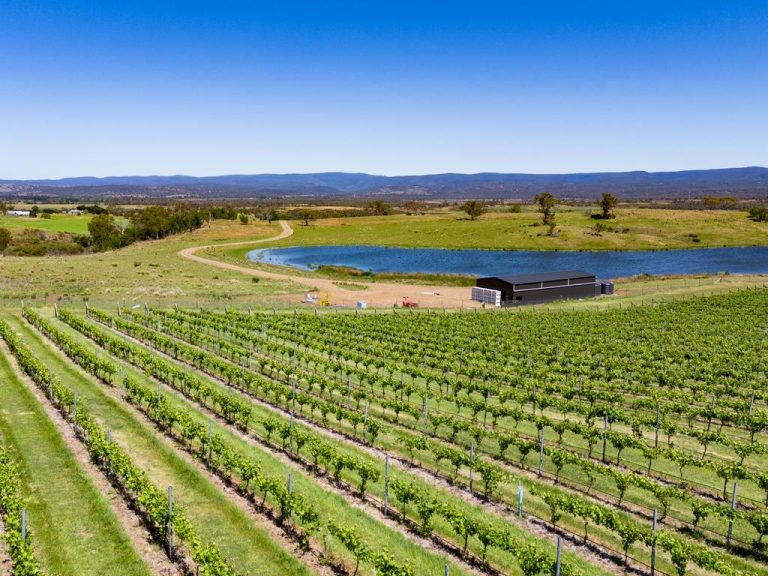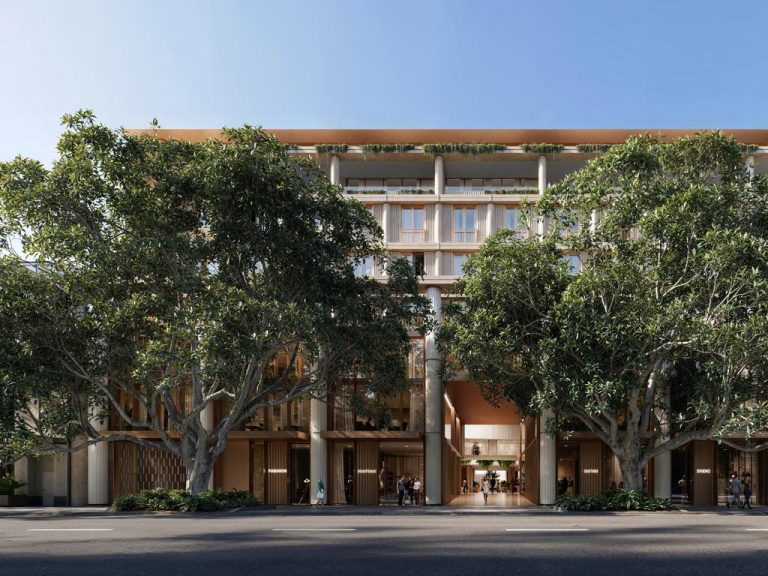Building up: Portfolio deals on units getting done as rents soar
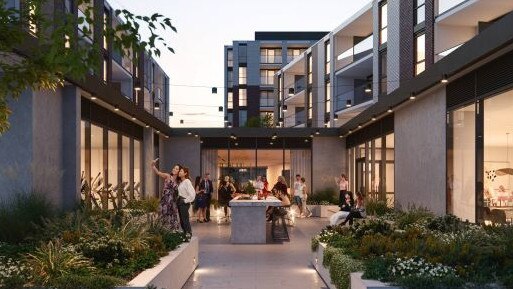
Build to Rent complex ‘Realm Caulfield’. Picture: supplied
Australia’s build-to-rent industry is rapidly maturing as it heads towards a massive 55,000 apartments across major capitals, and big investors jockey for position.
The race for ascendancy in the sector is already taking shape, with big portfolio plays in train as the largest players seek to expand or exit the field.
In one of the first moves so far in the consolidation of the fast-growing area, US player Hines is in due diligence to acquire two key sites from Brisbane-based operator Arklife.
The move comes after the local player went to market seeking a capital backer for its $800m portfolio, which is partly under construction. Hines is targeting the property complexes, with further talks under way on the management platform and other sites.
But regulatory uncertainty has affected some deals in the wake of the debate about the potential introduction of residential rental caps – despite being rejected by the current federal government – as there is still some uncertainty about the tax treatment of build-to-rent holdings.
US private equity house Blackstone has paused the sales process for its two build-to-rent assets while it waits for regulatory certainty, but its towers in Melbourne and Brisbane had been performing strongly.
Top sites suited to the new style of towers are still keenly contested.
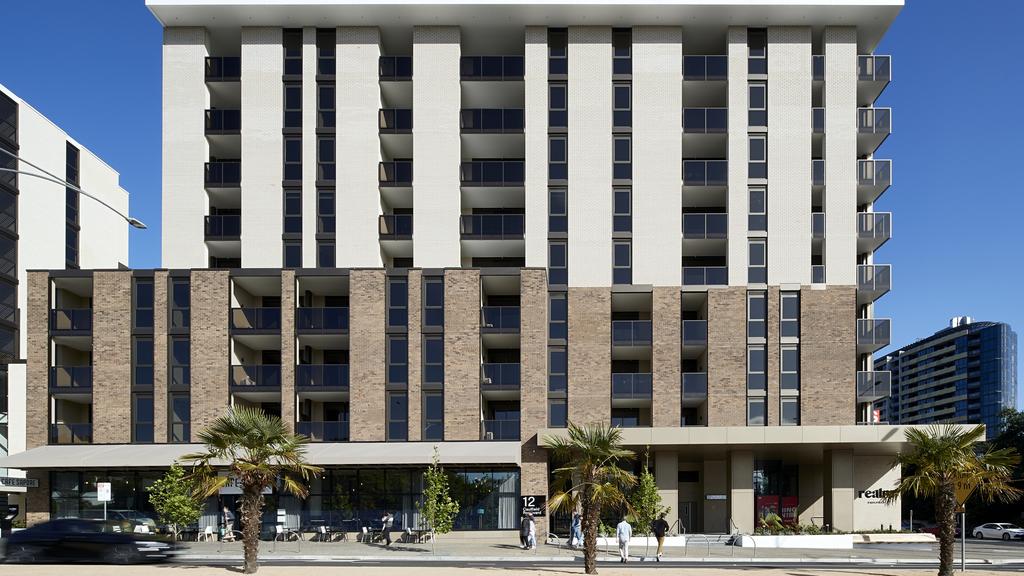
Realm Caulfield
In one of the larger plays in Melbourne – the industry’s epicentre – Singapore-listed fund CapitaLand Ascott Trust is fielding offers for a hotel complex overlooking Albert Park, which could become the location of the next major build-to-rent complex.
The fund’s Pullman and Mercure Melbourne Albert Park could join the hotels overlooking the scenic suburb that have already been snapped up for housing.
The hotel site could accommodate about 800 of the specialist units and attract bids around the $150m mark via real estate agency CBRE.
A spokesman from CapitaLand Ascott Trust said the fund “actively explores opportunities to reconstitute our portfolio. We will make an announcement if there is any material transaction”.
The dramatic ructions in the industry come as the biggest listed players establish their positions, with Mirvac leading the way with a capital partnership backed by Mitsubishi, and Lendlease pursuing sites in Brisbane and Melbourne with offshore backers.
Industrial property giant Goodman has flagged it will rezone underused office parks into apartments and sell them off to specialist operators, potentially via a partnership.
Shopping centre owner Vicinity Centres is also working with investment bank Jarden and CBRE and is likely to seek a partner that will allow it to pursue its retail and mixed-use development ambitions, with an incoming specialist operating and potentially investing in build-to-rent apartments.
While firms are pursuing different strategies, the industry’s maturation is on show as deals involving completed stock start getting done.
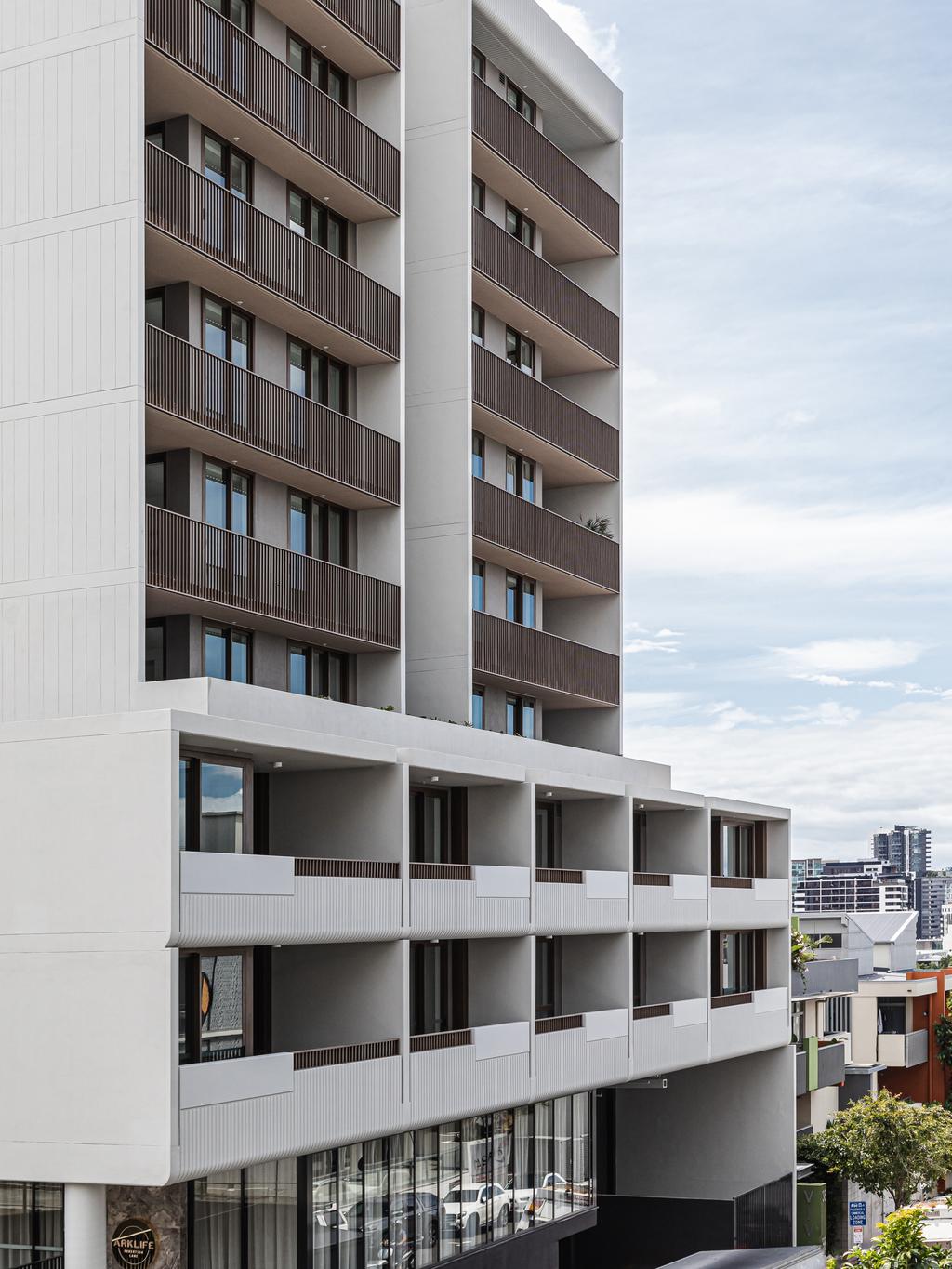
Arklife Robertson Lane, Fortitude Valley, Brisbane
Hines is one of the prime movers in the area and has focused on Melbourne, where it has three sites in the Victorian capital. It has assets at South Melbourne, North Melbourne and Brunswick, giving it a good inner-city spread.
The US funds management house last year locked in a massive $1.5bn partnership with Canadian investor Cadillac Fairview to grow its presence in the hot local sector. The companies flagged plans to develop, own and operate purpose-built assets across the country.
Arklife launched its process in May, putting its portfolio and a slice of its management platform up for sale, with the $800m offering chased by global players as the group has ambitions to expand nationally.
The company’s operating asset, Arklife Robertson Lane at Fortitude Valley, opened in late 2021 and hit full occupancy within six months. It has secured two more Brisbane-based projects, which will take the platform to about 681 units.
As well as the Robertson Lane project, Hines is targeting a 30-level build-to-rent project in South Brisbane dubbed Arklife Cordelia. It will have about 265 units and office and retail space.
The process for the platform is being handled by real estate agency CBRE, which declined to comment – as did Hines.
The area has attracted waves of global capital, with big investors looking to get in early so they benefit from the uplift in values, giving them the option to expand or exit.
Blackstone’s Realm operation put its specialist apartment buildings in Melbourne and Brisbane on the market in July. Blackstone indicated at the time it would still be active in the sector, and looking for new sites and operations.
Real estate agencies CBRE and Savills are advising on the process, which could be reignited when rules governing the sector are more clear.
Blackstone was an early mover in the local sector. In 2019, it clinched its first project in Melbourne’s Caulfield in a deal worth more than $300m, with the family of prominent Melbourne developer Max Beck.
Two years later, it expanded its build-to-rent empire with the acquisition of a then well-known Brisbane “ghost tower” from Chinese-backed R&F Property group. Blackstone rebranded and filled up the tower amid a shortage of rental units.
These kinds of portfolio deals are expected to become more widespread and help drive the industry to the next level.
Real estate agency Knight Frank has forecast the sector will have about 55,000 dedicated units completed by 2030, based on the burgeoning pipeline of developments and the rapid growth of the British industry.
Even at this level it would still only account for 1.5 per cent of rental supply in Australia, underlining the potential for scale. It estimated there are 7800 dedicated apartments under construction nationally and another 13,500 units are approved for development.
Knight Frank chief economist Ben Burston said, after a long gestation period, the local sector had sprung to life and the amount of committed and planned development was rapidly increasing.
“A wave of construction activity is now under way, with the pipeline most advanced in Melbourne and Brisbane, but activity is picking up across all major cities,” he said. The firm expects supply to accelerate from 2024 onwards.
Mr Burston said the mix of cyclical and structural supply-side impediments that had held back development were now easing. “Given the size of the market for rental accommodation, investors and developers are able to access a market offering the potential for large-scale capital deployment,” he said.
Mr Burston predicted that in coming months, the pipeline of potential projects was likely to expand further as developers position to benefit from the surge in rental growth. But he cautioned that the actual quantum of schemes under construction “may be slower to accelerate until construction cost pressures ease”.
Knight Frank head of alternatives Tim Holtsbaum said that across the globe investors were seeking greater exposure to alternative sectors, and the residential living sectors were at the forefront, led by build-to-rent.
“Residential is the most sought-after sector for global investors targeting the Asia Pacific region, and Sydney and Melbourne are the preferred locations,” he said.
“Investors are seeking out resilient markets with long-term growth potential and the lack of an established BTR sector in Australia presents an opportunity to deploy capital into build-to-core strategies with the ability to achieve significant scale over time.”
He said offshore players were drawn to large schemes with the potential for greater efficiency and where they could allocate large sums but this implied local developers also had to make big commitments.
The coming wave of deals shows the industry is gearing up for more action.

